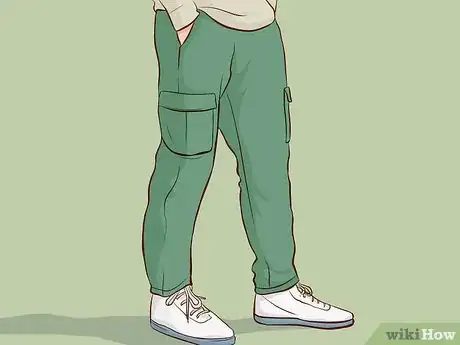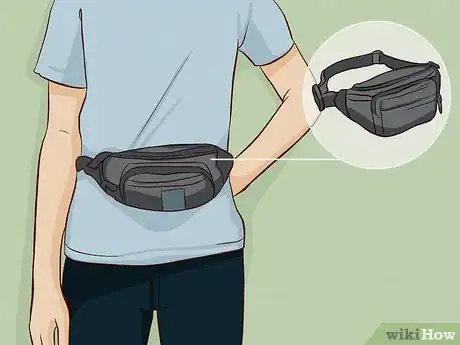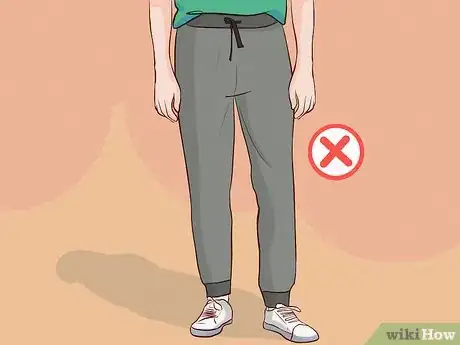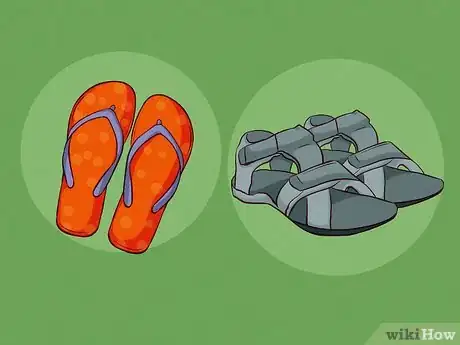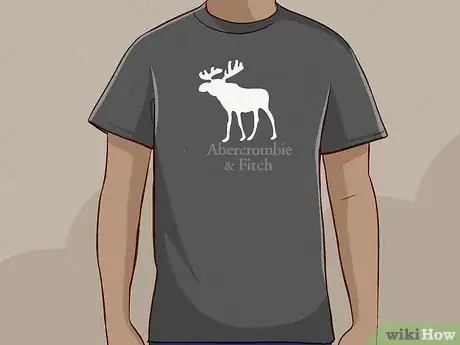This article was co-authored by Archana Ramamoorthy, MS. Archana Ramamoorthy is the Chief Technology Officer, North America at Workday She is a product ninja, security advocate, and on a quest to enable more inclusion in the tech industry. Archana received her BS from SRM University and MS from Duke University and has been working in product management for over 8 years.
There are 16 references cited in this article, which can be found at the bottom of the page.
This article has been viewed 25,164 times.
Europe is a diverse and densely packed place, so the fashion you see out your window can change even over the course of a day's drive. But even if Dublin doesn't wear the same clothes as Zagreb, there are definite trends that set Europe apart from other continents. There's nothing wrong with being or looking like a tourist, but it's undeniable that blending in, or at least making an effort, can get you a friendlier reception.[1] Good luck to you as you try to fit everything into that suitcase, and enjoy your time abroad!
Steps
Warnings
- Rules about swimwear can vary even from beach to beach, so look up local rules. In some places it's important to change back to streetwear before leaving: for instance, the rules on a French beach might be lax, but you could get fined if you wear a bathing suit back to the parking lot.[21]⧼thumbs_response⧽
- Many places in Europe have recently passed laws against traditional Muslim clothing, and/or seen a rise in violence against people of Muslim and Jewish faith. Look into the local situation if you plan on wearing religious symbols or religious clothing, especially face coverings.[22]⧼thumbs_response⧽
References
- ↑ Archana Ramamoorthy, MS. Experienced Solo Traveler. Expert Interview. 26 February 2019.
- ↑ https://europeupclose.com/article/what-to-wear-in-europe/
- ↑ https://www.ricksteves.com/travel-tips/theft-scams/outsmarting-pickpockets
- ↑ https://travelnotesandbeyond.com/packing-list-for-europe/
- ↑ https://thesavvybackpacker.com/how-to-dress-avoid-looking-like-an-american-tourist-in-europe/
- ↑ https://blog.tortugabackpacks.com/what-to-wear-in-spain/
- ↑ https://turncoatmag.com/fashion/2020/8/10/the-evolution-of-fashion-the-tracksuit
- ↑ https://travelnotesandbeyond.com/packing-list-for-europe/
- ↑ https://www.whattowearonvacation.com/destinations/europe/czech-republic/77-what-to-wear-in-czech-republic/
- ↑ https://thesavvybackpacker.com/womens-european-fashion/
- ↑ https://europeupclose.com/article/what-to-wear-in-europe/
- ↑ https://www.schengenvisainfo.com/europe-travel-packing-checklist/
- ↑ Archana Ramamoorthy, MS. Experienced Solo Traveler. Expert Interview. 26 February 2019.
- ↑ https://hejsweden.com/en/dress-like-a-swede-fashion-sweden/
- ↑ https://hejsweden.com/en/dress-like-a-swede-fashion-sweden/
- ↑ https://blog.tortugabackpacks.com/what-to-wear-in-spain/
- ↑ https://www.espn.com/mlb/story/_/id/27055049/sam-borden-why-yankees-hat-become-global-fashion-sensation
- ↑ https://europeupclose.com/article/what-to-wear-in-europe/
- ↑ https://www.spiegel.de/international/germany-s-patriotism-problem-just-don-t-fly-the-flag-a-411948.html
- ↑ https://www.ricksteves.com/travel-tips/packing-light/packing-smart
- ↑ https://www.thelocal.fr/20180724/can-you-go-topless-in-french-towns-this-summer/
- ↑ https://www.pewresearch.org/fact-tank/2019/07/29/europe-experienced-a-surge-in-government-restrictions-on-religious-activity-over-the-last-decade/

